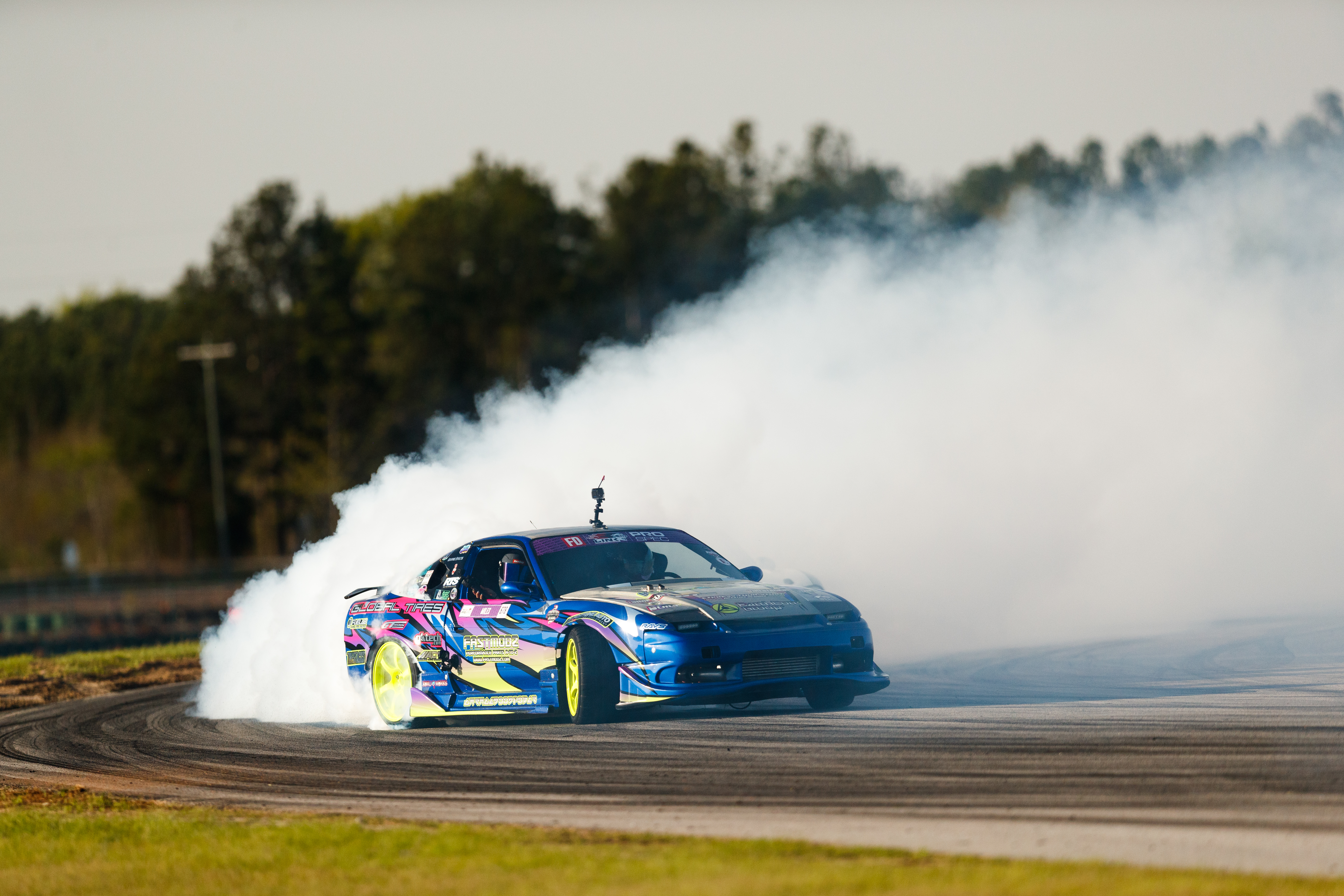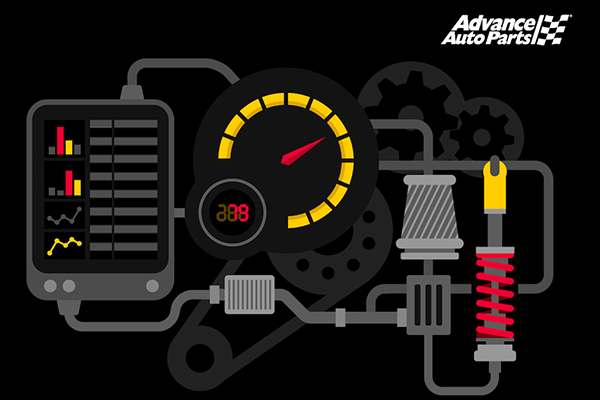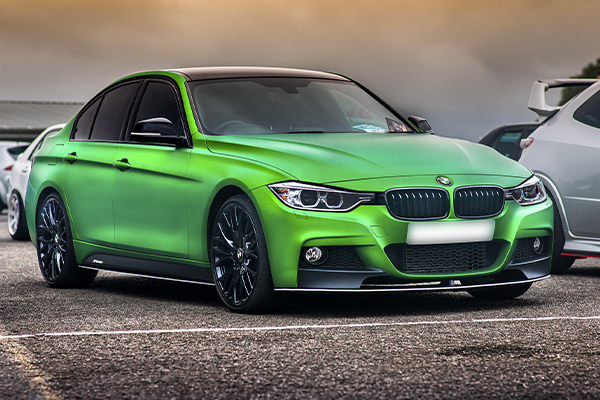Cool, fast cars sometimes come in plain and inexpensive boxes. The tradition of engine tuning and adding performance upgrades to car models that most people ignore goes back to the hot rod days. Here’s a quick look at the engines, models and components that will help turn vanilla into Va Va Voom.

Source | Erik McLean
Mitsubishi Lancer Evolution
Built from 1992-2016 the Evo helped launch a new generation of automotive nuts who rolled into adulthood while custom-tuning cars. Car mods come easy to the Lancer, which was offered in ten different versions, including a wagon. The somewhat boxy design got slicker over the years, but the car’s DNA was based on all-wheel drive vehicles powered by a four-cylinder, in-line, turbocharged, intercooled, power plant.
The 4G63 engine was the Evo standard bearer from 1992 – 2007 and is generally regarded as one of the most tunable engines ever. The model’s popularity ensures no shortage of parts or advice when it comes to doing engine modifications or modifying the body. Optimizing air flow with a high-performance filter and upgrading fuel injectors are a good place to start, before throwing more boost at it.

Source | Deane Bayas
Toyota Supra
The Supra was born in 1978 as a longer and wider-hipped version of a Celica. Over the years it slimmed down and sported up. The Supra was originally launched with a Toyota’s M-series engine but in 1990, the JZ series started appearing in the Japanese market. By 1993 Toyota was dropping the highly tunable 2JZ-GTEs into the US versions.
The JZ models boosted the horsepower ratings of Supras by using an in-line, six-cylinder cast iron block fitted with dual overhead cams and twin air-intercooled turbochargers. Cylinder heads are aluminum. All of that will go even faster with basic performance upgrades including ECU tuning and opening up the exhaust system.
 Source | Supreet
Source | Supreet
Mazda RX-7
The RX-7 was always sleek and sporty. Mazda ceased production of them in 2002 but the rotary-powered legend still prowls the streets. The RX-7 lasted three generations, two of them as a two-seater coupe with the final generation offering a 2+2 option. The 13B is the preferred engine for those looking to add some extra zip.
The 13B reigns supreme as Mazda’s most widely produced Wankel engine and served as the firm’s workhorse for various models. It started showing up in RX-7s in 1985. Some were naturally aspirated while others were outfitted with turbos. The RX-7 already looks like a fast car, but performance can be further enhanced by intercooling the turbo and upgrading the exhaust.

Source | Jakub Pabis
Honda Civic
Originally conceived by Honda in 1972 as a fuel-efficient, subcompact two-door coupe, the humble Civic is one of the best-selling cars in the world racking up over 27 million units sold as of 2021. The model spans 11 generations, mostly focused on fuel economy and everyday driving value for the dollar.
Modern Civics are powered by Honda’s K engine platform, a series of inline fours that have been tweaked for the last 20+ years. Each spark plug has its own coil which eliminates the need for a distributor. Ignition timing is controlled by the ECU.
Honda changed the small engine game again in 1989 when it unveiled its Variable Valve Timing & Lift Electronic Control (VTEC) system which boosts performance while lowering fuel consumption. Like the other plain Janes, Civics can be improved by upsizing the wheels, preferably in alloy and opening up the exhaust system.

Source | Garvin St Villier
Subaru WRX STI
The WRX STI looks and drives like a sports car now, but from 1992-2014 it was an offshoot of the Impreza, a more sedate and economical sedan. Since then, it’s moved on to much sportier things. Subaru introduced its EJ20 engine in 1989, and it quickly became the automaker’s bread and butter. All of them are 16-valve horizontal flat-4s and can be configured with single or double overhead cams.
The EJ20 can be naturally aspirated or turbocharged with factory horsepower ratings stretching from 96 to 320 hp. The engines are so adaptable they’re also used in kit cars, aircraft and air-cooled Volkswagens. Their versatility also makes them perfect for car people who want to go faster. Popular aftermarket mods include streamlining the air intake system, downpipes and other exhaust mods, and beefing up the brakes.
Turning Your Plain Jane into Va Va Voom
Subaru’s BRZ, Chevy's Corvette, Mazda’s Miata and the Ford Mustang also lend themselves to customizations but may attract some attention since they already look like sports cars. Besides engine and aerodynamic body mods any car can be tricked out with a visit to your local Advance Auto Parts store. Remember that modifications to OEM engine, suspension and body specs may affect the original manufacturer’s warranty terms.
What's your favorite car model to customize, and what modifications would you make to it? Tell us in the comments!








